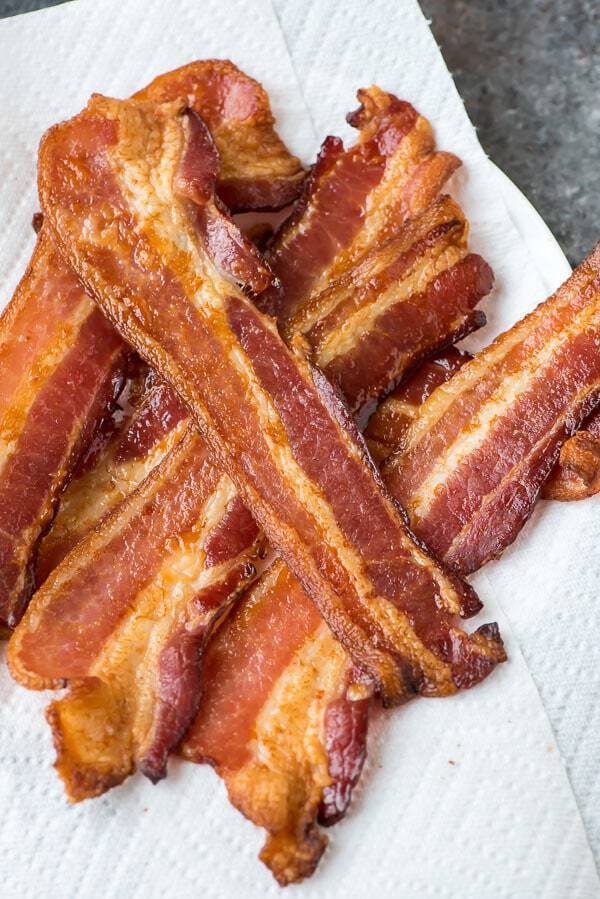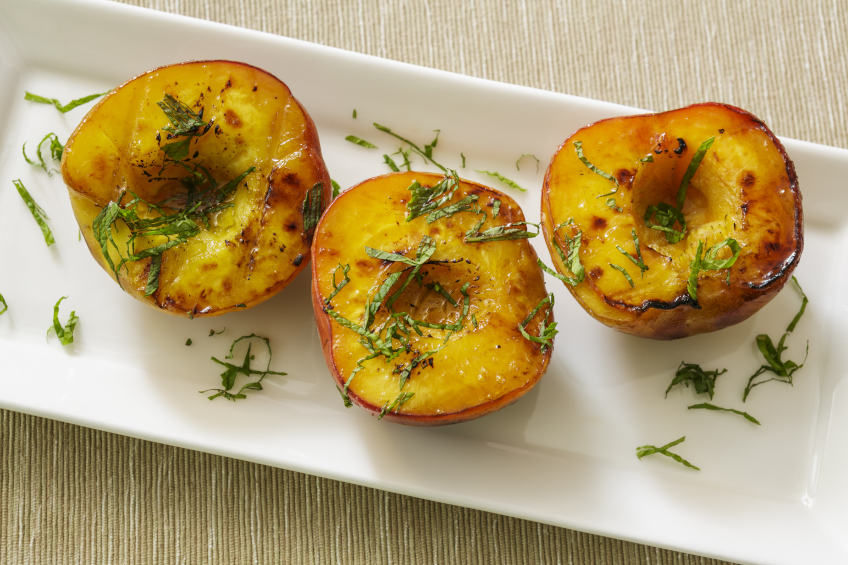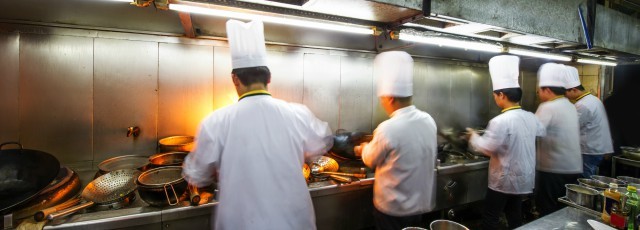
If you are passionate about cooking, then you have probably tried to learn advanced cooking techniques. French and Chinese techniques are familiar to you. How about Japanese or Chinese methods? You'll want to learn the best techniques for steaming and poaching as well. You will learn how these methods work and what you should do to improve your cooking skills. These techniques can be applied in everyday cooking. You can also look out for cookbooks that describe these cooking techniques in greater detail.
French cooking techniques
French cooking has its roots in traditional techniques. French chefs know how to put everything in its place and slow cook at low temperatures. This method is known as Confit and involves slowly cooking a variety of foods in fat over a low heat. In the same way, sauces are often made with alcohol. Flambeing is a common ingredient in desserts. But, you can pour the alcohol over the food while it is still heating to add flavor.
Chinese cooking techniques
The traditional Chinese kitchen is filled with many complex techniques that can make your cooking more delicious. One of these techniques is stir-frying, which involves cooking in a wok with a light layer of oil. Stirring the food quickly and thoroughly until it attains the desired texture is key to achieving the desired flavor and aroma. This is the best method for small ingredients like noodles and vegetables. Chinese cuisine has many other cooking methods that can produce different results from stir-frying.

French method for steaming
Steaming is a method of cooking that uses hot air to circulate around food. It retains all nutrients and doesn't add any fat. Because steam is more heat-efficient than boiling water it's a gentle method of cooking and great for delicate foods. Food cooked this way cooks quickly with little loss of nutrients and natural color. This technique has been a favorite of the French for many years. It can make it a joy to cook vegetables and fruits.
Japanese poaching technique
Poaching has become a popular technique worldwide. The Japanese have perfected slow-cooked fish. This involves vacuum-sealing the food in a bag and slowly heating it at low temperature. This creates uniform texture and removes all aromatics. Here's how you can poach salmon Japanese style.
Vietnamese method of boiling
The traditional Vietnamese method of boiling rice can be a simple, yet highly effective method. The steaming of food is done in bamboo or metal trays. The benefits of this method include the preservation of the nutrients in the food and the absence of oil. It can be used to cook seafood and sticky rice. It is particularly useful for the poorest people in developing countries, who depend on unimproved water supplies. Some precautions should be taken.

FAQ
How can I get hired for my job as a cook
You can get a job as a cook through word of mouth. A friend or family member might know of an open restaurant that is in desperate need of staff. A lot of restaurants also advertise their openings on bulletin boards or websites.
How can I learn more about cooking?
All over the country, cooking classes are offered. You can find courses in baking, pastry and wine tasting at many schools. If you're interested in learning more about baking, you can either enroll at a community college or vocational school. Or you can attend a private class.
Do I have to go to culinary school in order to be a professional chef?
No. No. Some even went on to culinary school to gain work experience. Most chefs prefer to go to culinary school to expand their professional opportunities. Culinary schools give students hands-on experience, which allows them to develop valuable skills as well as improve their culinary knowledge.
How can you get motivated to cook well?
It's fun to cook for your friends and family. It is easier to cook for yourself than for others. Make something new to get motivated to cook. This will allow you to discover new recipes and techniques. It's also possible to use recipes from other cultures in order to broaden your culinary knowledge.
What is the cost to study culinary arts?
Prices for studying culinary arts vary widely. For example, a 4-year degree costs about $40,000. A two-year associate's program may be less expensive at $5,000. Tuition rates vary depending on what program you choose. The tuition rates for private institutions are usually higher than those of public universities.
How much does culinary school cost?
The costs of culinary school can vary depending on where and how long it takes. The average tuition cost is $10,000-$30,000 annually. Students graduate with approximately $20,000 of debt. Some programs offer work-study, grants, scholarships and grants.
Statistics
- The median pay for a chef or head cook is $53,380 per year or $25.66/hour, according to the U.S. Bureau of Labor Statistics (BLS). (learnhowtobecome.org)
- According to the BLS, chefs earn $58,740 a year. (learnhowtobecome.org)
- On average, chefs earn $58,740 a year, according to the BLS. - learnhowtobecome.org
External Links
How To
How to make the perfect omelet
Omelets is one of my favourite breakfast foods. But how do you make them perfectly? I've tried many recipes and different methods but none have worked. So I am sharing some tips and tricks today to help you make fluffy, delicious omelets every morning.
First, eggs can be very temperamental ingredients for making omelets. They must be fresh, preferably from the organic market, and be kept cold until cooking. They must be kept cool, otherwise the whites will not form properly and the yolks may become runny. This will make your omelets appear strangely colored. If you want to make omelets right away, it's best not to use eggs that are too cold.
You can also separate the egg before you add it to the pan. The yolk and white should not be mixed together as this can cause the omelet's curdle.
The bottom part of an egg that is added directly to the stovetop might be burned, which could cause a ruined texture in your omelet. Instead, place the egg in the microwave for 10 second before you put it in the skillet. The microwave heat will cook the egg just right without making it too hot.
Next, let's talk about mixing the eggs. Mixing eggs together is important. You need to beat them well. You can do this by turning the bowl of your mixer upside down. Then, vigorously shake the bowl. This way, the air inside the bowl gets whipped around and mixes the egg thoroughly.
The fun part is now - adding the milk to the mixture. Fold the eggs in the milk mixture by first pouring half of it into the egg whites. Don't worry if there are still streaks of egg visible; these streaks will disappear once you flip the omelet.
After folding the eggs fold the pan onto medium heat. When the oil starts to hot, wait for the pan to cook. Add 1/4 cup butter to the oil and swirl it around to coat all sides of the pan. Open the lid and sprinkle salt on the pan. The salt will help to prevent the omelet's sticking to the pan.
Cover the pan once the omelet is formed and allow it to cool completely. Use a spatula to flip the omelet or turn the pan upside-down. Cook the other side for another minute or two. Take out the omelet and place it in a bowl.
This recipe works best when you use whole milk.